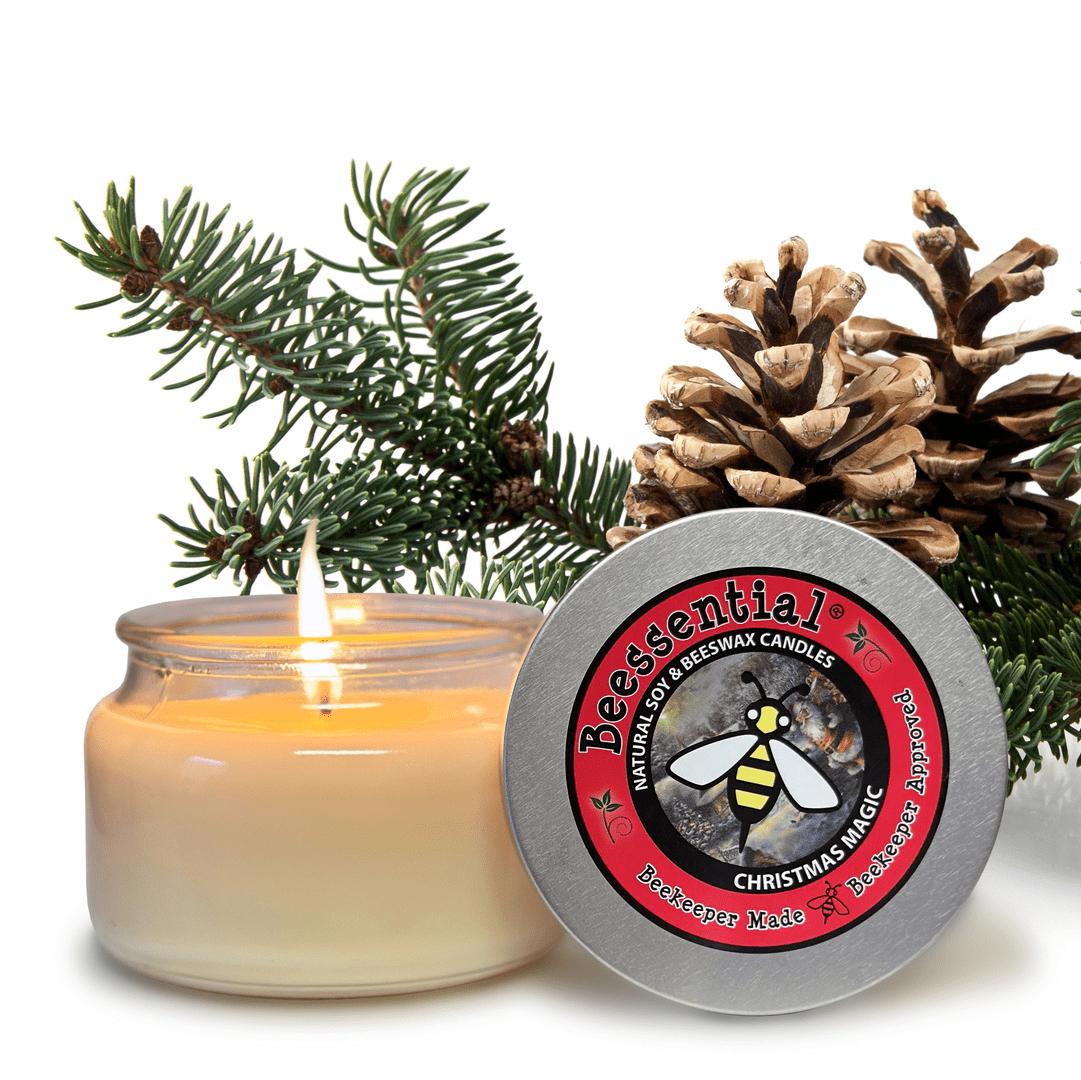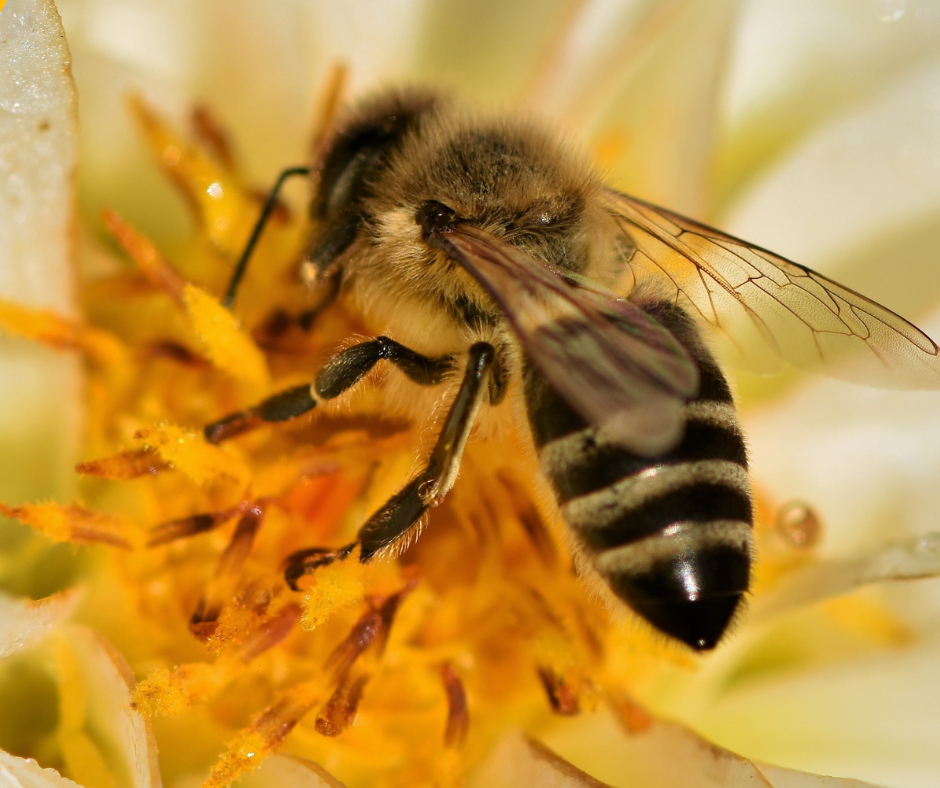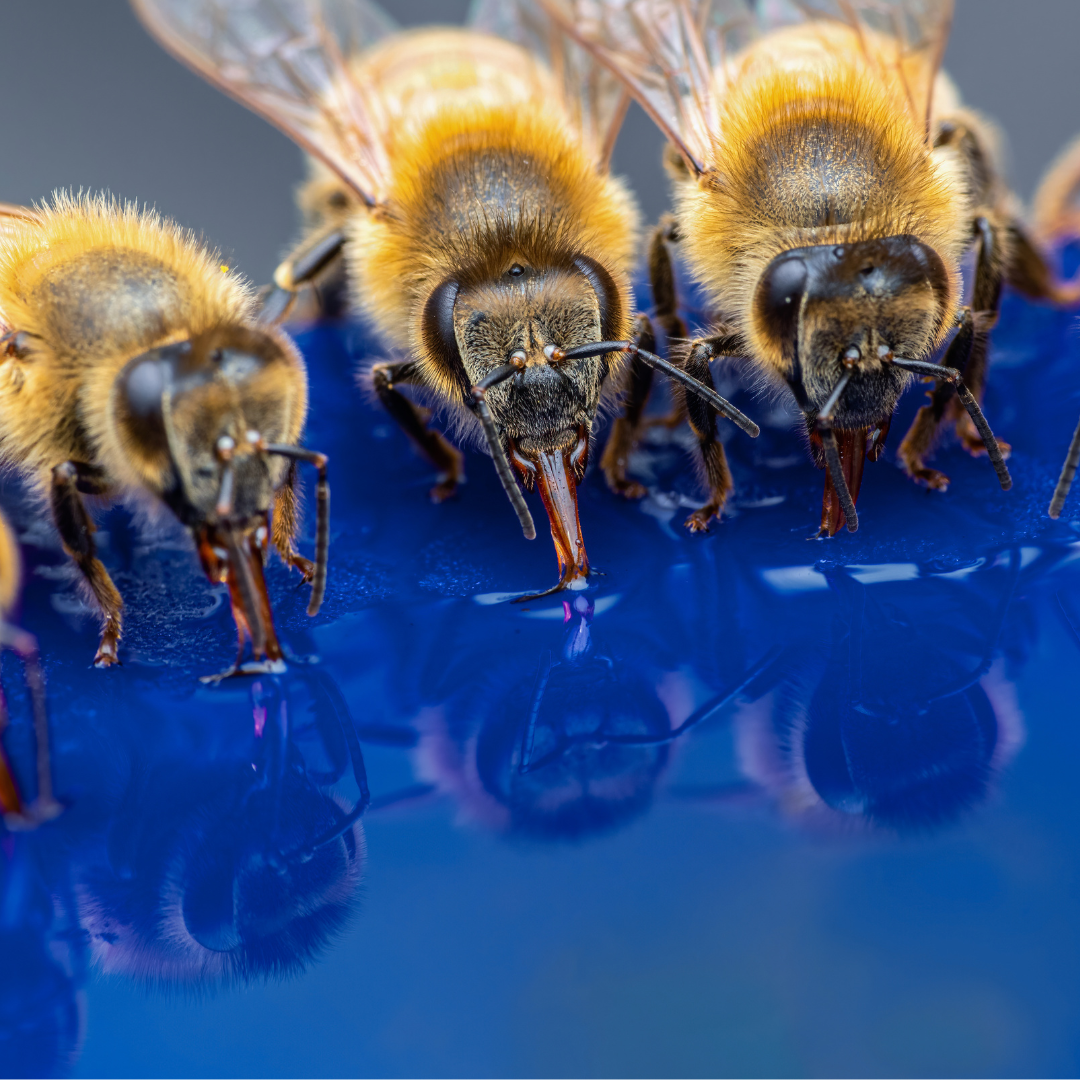Your Cart is Empty
Soy candles are the eco-friendly choice that your home and the planet will thank you for. Burning cleaner than paraffin candles, soy wax produces less soot and reduces indoor air pollution, making it a healthier option for your family and pets. With longer burn times and the ability to release fragrances more effectively, soy candles provide a superior scent experience. Easy to clean and biodegradable, soy wax is also a sustainable choice that helps reduce environmental impact. Make the switch to Beessential soy candles for a cleaner, longer-lasting, and more enjoyable ambiance in your home.
Bees are one of nature's most intriguing creatures, and their buzzing sound is one of the things that makes them so memorable. But have you ever stopped to wonder why bees buzz? The answer is more complex and fascinating than you might think. Bees use their buzzing for communication, navigation, and flight. From signaling the presence of nectar to using their wings for specialized flight patterns, the buzz is essential for their survival and efficiency. In this blog, we'll explore the science behind bee buzzing and how it plays a crucial role in pollination and the environment. Understanding why bees buzz highlights their incredible importance to ecosystems and the balance of nature.
Bees are remarkable creatures, and their ability to stay calm in extreme heat is one of their most impressive survival skills. So, how do bees remain cool during hot weather? Inside the hive, bees regulate temperature by working together to cool the colony. They fan their wings to create airflow, evaporate water, and even bring in water to reduce the hive's temperature. This complex behavior is essential for keeping the hive at an optimal temperature for the queen and brood. On our website, we dive into how bees adapt to extreme heat and maintain a stable environment within their hives. Understanding this natural cooling system shows how vital bees are to ecosystems and the importance of protecting them.
Bees are remarkable creatures, and their ability to stay cool in extreme heat is one of their most impressive survival skills. So, how do bees stay cool during hot weather? Inside the hive, bees regulate temperature by working together to cool the colony. They fan their wings to create airflow, evaporate water, and even bring in water to reduce the hive's temperature. This complex behavior is essential for keeping the hive at an optimal temperature for the queen and brood. On our website, we dive into the fascinating ways bees adapt to extreme heat and maintain a stable environment within their hives. Understanding this natural cooling system shows just how vital bees are to ecosystems and the importance of protecting them.
You might not think twice about mowing your lawn, but did you know your lawn care routine could contribute to environmental damage? Traditional mowing practices can have a surprising impact on our planet, ranging from fuel emissions to excessive water use. In this article, we explore the environmental consequences of mowing your lawn and provide eco-friendly alternatives to help you keep your yard looking beautiful without harming the earth. Read on to find out how to make a difference and keep your lawn care routine green and sustainable.
Fall is the perfect time to plant mums, but it is essential to get them in the ground before the season fully arrives. Plant your mums in mid to late August for strong roots and vibrant blooms to give them time to establish themselves before the cold sets in. If you miss that window, you can still care for your mums indoors during winter. Adding mulch or leaves in October can protect outdoor mums and help them survive through the season. Follow these expert tips for a beautiful, thriving autumn garden year after year.
Learn simple ways to help support the declining honey bee population! From planting bee-friendly flowers to avoiding harmful pesticides, discover how you can create a safe, thriving environment for bees in your garden. Small actions like providing water sources and choosing native plants can make a big difference for our vital pollinators.
Ready to grow your dream garden? This ultimate guide breaks down everything you need to know, from picking the perfect spot to planting and easily maintaining your garden. Perfect for beginners!




